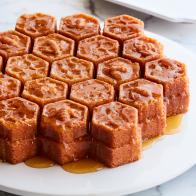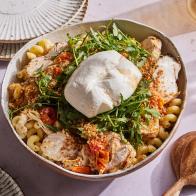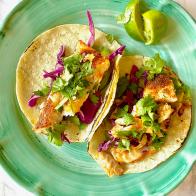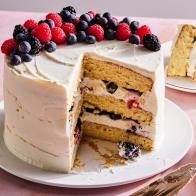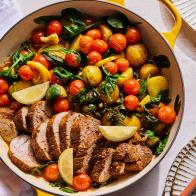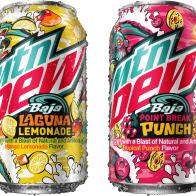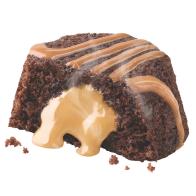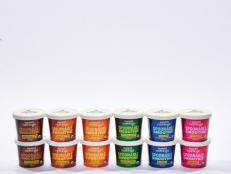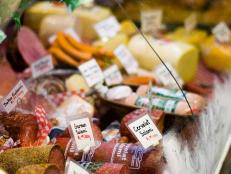Aisle by Aisle: Buying Healthy Bread
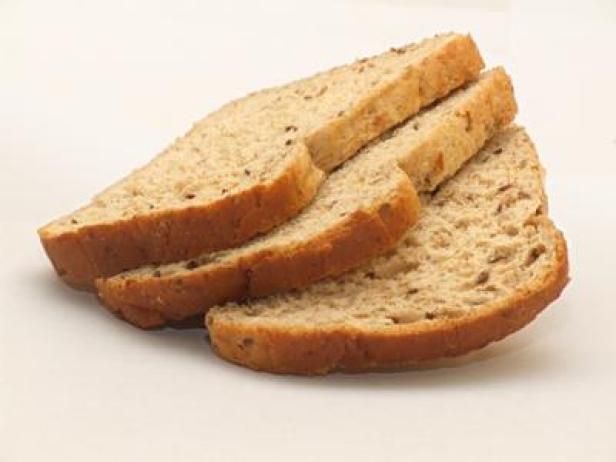
Take a walk down the bread aisle at your market and see how long it takes to find a loaf without high-fructose corn syrup. It took me 30 minutes the first time I tried! Many packaged bread loaves have added ingredients that aren’t so healthy, even though their labels sport fancy words like "multigrain" and "unbleached flour." Follow these tips to make sure you get the healthiest.
Store-bought breads provide tons of B-vitamins and selenium and have around 80 to 110 calories per slice. Basic bread (without sugary glazes or lots of add-ins) is also low in fat with no cholesterol. The fiber content depends on the type and variety of bread you choose.
All grains are made of three parts: the large endosperm (where protein and carbs are found), the germ (which contains fat and some B-vitamins) and the bran (outer layer with fiber and vitamins). When bread is “whole grain,” it means the entire grain is left in tact. When it's "refined" or "milled," the bran is removed, as is some of the germ. This is why white bread contains no fiber -- it has no bran in it. Whole wheat and whole rye are some common whole-grain breads, but reading the label is key to making sure you’re getting the real deal.
If you buy the right bread, it’s an easy way to get some healthy whole grains, but don’t be fooled by fancy words on food labels. Make sure the first ingredient listed has the word "whole" — like whole rye, whole wheat or whole cornmeal. Be wary of product that say "made with whole grains," "made with whole wheat" or even "multigrain" -- this means only a small percent of the bread contains whole grains (not enough for any significant health benefits). Don't be dupped by packaging that says "contains wheat flour" or "contains unbleached flour" — that doesn’t mean it’s whole grain either.
Finding bread without high-fructose corn syrup listed in the top 4 ingredients is tough. Finding bread completely free of the sweetener can be even more challenging. Sometimes you may also see cheese added to the mix. Read the ingredients carefully, especially if you have a dairy allergy.
- Whole Wheat: Look for the words “100% whole wheat” on the package, and the ingredients should list “whole-wheat flour” as the first ingredient.
- Multigrain: As the name implies, it’s made from many grains — this doesn’t mean that they’re whole grains. Even if the package says that it contains wheat — it may only make up 2 or 3% of the bread. If the label lists “enriched wheat flour” as the first grain, it’s not the real deal.
- Brown Bread: Just because it’s brown doesn’t mean it’s healthier. Many companies add food coloring or molasses to create that brown color. Check the ingredients for the word “whole,” especially for brown breads like pumpernickel.
- Potato Bread: This isn't a good choice if you're looking to up your fiber -- it barely has any. Plus, potato flour is usually the fifth or so ingredient ("enriched wheat flour" is typically the first ingredient and there's often dairy in there). Calories range from around 80 to 100 per slice, so watch your portions, too.
Aim for 110 calories or less per slice and at least 3 grams of fiber. If you have the time, bake your own — you can freeze extras for later. But so you don't have to stand in the bread aisle for hours, here are some packaged breads we like:
